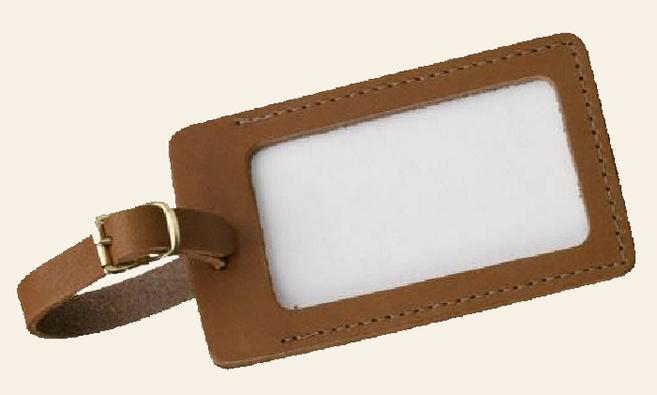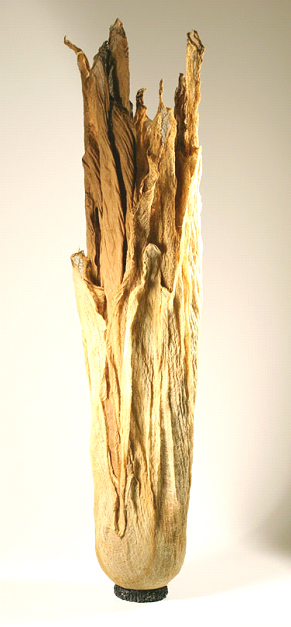Neshama:
Visions of the Soul
© 2008
There was a time when Jewish women were not allowed to participate in the Torah service. Now, in many synagogues, women can and do participate fully and even wear the prayer shawl on the pulpit. Artist Sandra Baron’s 17 inch high fiber and mixed media sculpture depicts a female figure wrapped in a lacey tallit, thanking God for her soul. In Baron’s words, “She is timidly peering out from under the warp and weft of her tallit yearning to be free, longing to be heard.”
17 Jewish women, all full- or part-time artists, meet monthly to discuss how their art and religion merge. Rabbis, cantors and scholars occasionally visit the circle to discuss spirituality. The women’s Judaism ranges from orthodox to secular and their media are equally diverse. Two previous exhibitions have been set in Jewish venues. The current exhibition, however, is hosted by Westminster Presbyterian Church in downtown Minneapolis and will open on April 6.
The theme for the current exhibition is “neshama” which in Hebrew signifies both breath and soul. Life and soul are one. An insightful collection, “Neshama: Visions of the Soul,” allows each of the women to display one piece of new art made especially for this exhibition. Each piece captures a vision, a personal vision, of the soul. The array of themes is amazing and many of the pieces are of museum quality.
Sandra Brick’s 36 inch tall hand-dyed fabric sculpture gives one a sense of reaching to the sky to touch the hand of God – and expecting a response, an inspiration. She notes that “respiration” comes from the same root as “inspiration.” The breath of life, the breath of creation, is seen as the inspiration for art. Creation of life becomes a metaphor for human creativity.
Rachel Breen’s wall hanging shows interestingly shaped pieces of copper arrayed in an aesthetic configuration. The irregular spaces between the copper shapes suggest that the soul needs a body in which to rest. She explores the relationship between body and soul – the search for wholeness.
A chalk, pastel and colored pencil drawing on black paper appears quite whimsical at first. Bright colors and loose lines suggest joy to the viewer. A second, deeper, look into the almost abstract image shows a colorful rib cage encasing a heart, ovaries encasing eggs and a womb encasing a fertilized embryo. Aimee Orkin explores “God’s great design” by looking at the female body’s design both scientifically and artistically. The whimsy and the apparent deeper explorations of the piece invite a second and a third look. Most of the pieces are for sale and this particular piece says, “Take me home.”
Another “take me home” piece is Renanah Halpern’s three layers of painted paper in muted colors depicting flames or tears and reflecting the belief of some that the soul has three layers. Others believe that the soul has five layers and this concept is examined in Joyce Lyon’s reflective digital print triptych created from manipulated – abstracted -- photography.
An oil and acrylic painting by Barbara Kvasnik-Nunez purports to be an homage to a similar painting by Gustav Klimt and to the artist’s aunt who died in the holocaust. However, the viewer who has visited the recent Frida Kahlo exhibition at the Walker will be struck by the parallel. Perhaps the eyes of Kahlo and the eyes of Kvasnik-Nunez’s aunt burn with the same neshama.
One marvels at the array of media ranging from soft textiles to sturdy metal. Graphite, colored pencil and watercolor can be seen along with photography. All reflect the diverse talents of the artists and their differing viewpoints.
One does not have to be religious to visit this exhibition. Superb art created by 17 Twin Cities’ women is worth the trip. Admission and off-street parking are free.
Soul Vessel by Sandra A. Brick

